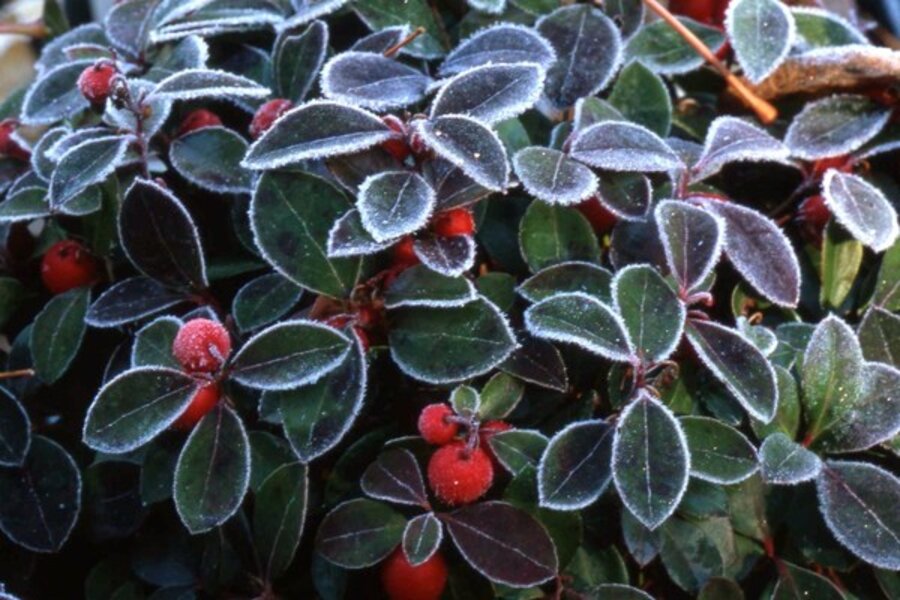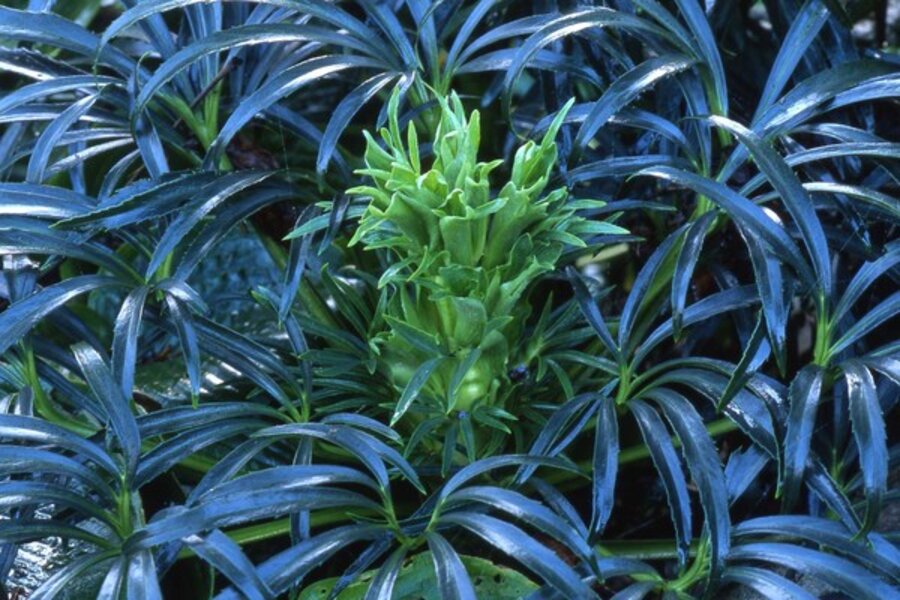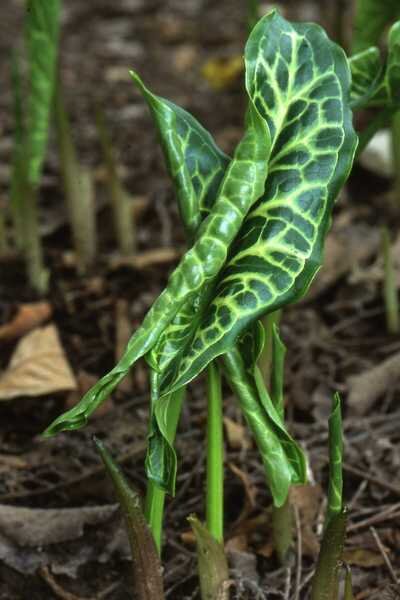Green in the winter garden
Loading...
Mr. Kermit the Frog said it best. "It isn't easy being green." I would add that it isn't easy being green in a Midwestern winter garden. Gardening in a woodland or shade garden further refines the various hues of green available.
Because of prevailing weather patterns during winter, Mother Nature took the easy road out and simply does not attempt to keep many large-leaf plants green during winter in our area. That can make maintaining a shade garden of interest during winter a little difficult. Such a garden tends to be a bit on the brown and gloomy side. However, over the years, I have selected enough native and non-native plants that do stay green to make it worth a walk in my winter gardens.
Native selections
The following are favorite groundcovers that stay green in my area during winter:
Wintergreen (Gaultheria procumbens, hardy to Zone 4) is a dwarf creeping shrub without equal. It's only 4 inches or so in height with a continual creeping habit. It has leather-like leaves of heavy substance that are just as green and polished in January as they are in July. The deep, lustrous green leaves have companions of scarlet red berries in winter. Add a touch of frost or light snow and you have a Currier and Ives postcard in your garden [see photo above].
And, you can chew the leaves and berries for fresh breath.
Partridge berry (Mitchella repens, Zone 4) grows so close to the forest floor it looks as though it's painted in place. A loose and relaxed scrambler, partridge berry has tiny, rounded, deep-green leaves with a silver vein in the center. It also features white trumpet-shaped blooms -- always in pairs -- that produce red berries for winter color. There is also white-berried selection to add to your collection.
Non-native selections
Black calla (Arum italicum), also known as Italian arum and lords and ladies, is a perennial that I call the backward plant. It begins emerging in September and grows all during winter. It has a green stem with a roll at the top. The attached roll unfurls like a flag to form a arrowhead-shaped leaf. [See photo at left.] The leaf is heavily quilted and has various degrees of variegation between the veins. Leaves can reach up to 18 inches across and a bit longer. It puts on quite a show when all else is some shade of brown or black. However, this plant has become invasive in many parts of the country, so you should be careful to remove the seeds from the garden before they mature and pull out any plants that pop up unwanted.
Bearpaw hellebore (Helleborus foetidus) -- also called bear claw hellerbore -- is the Rodney Dangerfield of hellebores. All the hybrids get the most applause and respect in catalogs and garden centers. Although it may have only green bells sometimes rimed in red, the two-toned foliage and growth habit sets it apart from all other hellebores. Old foliage turns olive-black-green while the newest foliage emerges from the center of the old in brightest clean-green. The emerging bright green bloom stem comes from an existing stem as opposed to having a one stem for a bloom and another stem for foliage like other species. [See second photo above. Click on the arrow at the bottom right of the first photo to go to the second.]
Arum italicum and bearpaw hellebore also are good companions since the finely cut and serrated leaves of the hellebore and large polished and quilted leaves of the calla look great together.
Green is good in a winter garden.
-----
Gene Bush is one of more than a dozen garden experts who blog regularly here at Diggin' It. He is a nationally known garden writer, photographer, lecturer, and nursery owner who gardens on a shaded hillside in southern Indiana. His website is Munchkin Nursery. He also writes the Garden Clippin's Newsletter. To read more by Gene at Diggin' It, click here.









